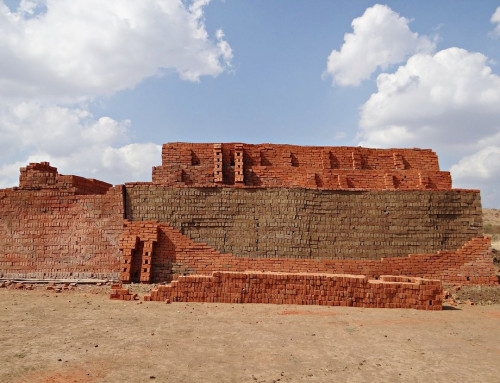
The port at Cape Town South Africa. Image credit businessmediamags.co.za
ZIMSEC O Level Geography Notes: Transport:Ports in Africa
Siting of ports in Africa
- The siting of a port is determined by the physical environment.
- Deep estuaries or deep offshore waters are necessary otherwise where the continental shelf is shallow, a lot of dredging has to take place around a port.
- One reason why ports are fewer on the east coast of Africa is because the continental shelf is very shallow here due to coral reefs developing in the Indian Ocean.
- The harbour must be free of spills, bars and other waterfronts deposited by longshore rift currents.
- It must also be sheltered in bays against the pounding waves of the high seas.
- Where ports are built in delta areas or coastal marshes, these need to be drained and some distributaries dredged and widened to enable large bulk carriers to dock or sail.
Problems faced by African Ports
- Problems faced are that:
- Many are too small to handle the ever increasingly larger ships.
- Others are too shallow.
- Most are old and have poor, inefficient handling facilities.
- Weather hazards in the form of cyclone wreak havoc.
- Many are declining in importance, with the possibly of closing down due to poor economic performance in their hinterlands or political instability and mismanagement.
- Piracy
- Civil wars
- Terrorism
Solutions
- There are, however, new developments which are taking place to African ports in line with world trends elsewhere.
- For one, there is the introduction of bulk carriers to replace smaller ships.
- Similarly, there is containerization developing as in road and rail transport.
- This is the placing of cargo into containers of standard size enabling it to be mechanically loaded from sea to rail and road transport and vice versa with a consequent saving in labour.
- Containerization also increase the safety of the cargo against stealing and weather hazard.
- There are few inland waterways in Africa despite the fact the continent has very large rivers in the Nile, the Congo, the Zambezi and the Orange.
- Reasons why African rivers are not very navigable are:
- Existence of waterfalls and rapids along their courses. The African solutions to this problem has been to by-pass waterfalls and rapids by rail rather than embarking on the expensive construction of locks as has been done along the St Lawrence seaway on the US-Canada border.
- Existence of shallow riverbeds with islands, sand banks, riffles, marshes and reeds along the courses, for example, along the Nile are found Lake Kyoga in Uganda, a very shallow, discontinuous water body and the reed-riddled Sudd in Southern Sudan. In Sudan there is a lake of reeds and a sand along the Niger River.
- Damming the rivers such as the Nile and the Zambezi implying hat below the created lakes, volumes and discharge are reduced to trickles and ships cannot sail along.
- The seasonal nature of rainfall for some rivers. In summer water volume is high but come winter, the rivers run dry. Some of the rivers pass through desert country, losing large amounts of water through evaporation losses and seepage in sandy soils. For example, is the Orange River in South Africa. At this source in Lesotho’s mountains, it is a raging torrent for most of the year but when it gets to the Northern Cape Province, the river is a dry wadi for the greater part of the year.
- The Niger delta and the Congo have climatically-induced problems of mangrove swamps, many distributaries, diseases and crocodiles.
- For railways, whilst location of ports has played a leading role in their layout, relief and level of economic development have also been equally important.
- The orientation of the railways in North Africa has been controlled by the alignment of both the Mediterranean Sea coastline and the fold trends of the Atlas Mountains.
- Countries that are economically more advanced than others have more railway lines.
- Areas of scarcity of resources and population or those where the economy is mainly subsistent have no railways.
To access more topics go to the O Level Geography Notes page



